There are three types of hybrid stepper motors: permanent magnet (PM), reactive (VR) and hybrid (HB). Reactive stepping is generally two-phase, torque and volume is small, step angle is generally 7.5 degrees or 1.5 degrees; permanent magnet step is generally three-phase, can achieve large torque output, step angle is generally 1.5 Degree, but noise and vibration are great. Developed countries such as Europe and the United States have been eliminated in the 1980s; hybrid stepping refers to the combination of permanent magnet and reactive advantages.
The hybrid (ie, HB type) stepper motor has two phases, three phases, and five phases. The rotor has the same rotor regardless of the number of phases. This article uses the two-phase HB hybrid stepping motor as an example. The name of HB type is derived from its rotor structure. Its rotor is a complex of PM type permanent magnet stepping motor and VR type variable reluctance reactive stepping motor rotor. Therefore, this kind of motor is also called hybrid stepping motor. .
This article mainly introduces the structure and working principle of the HB type hybrid stepping motor.
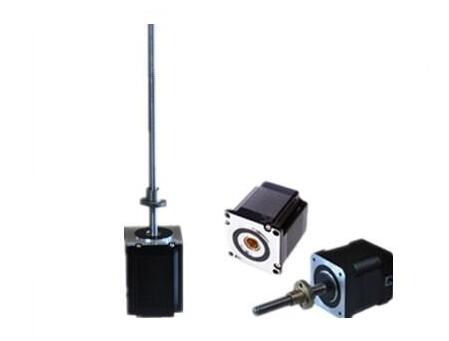
HB type hybrid stepper motor structure is composed of two magnetically conductive disks sandwiched by a permanent magnetic cylinder axially strung together, the pitch of the outer teeth of the two magnetically conductive disks is the same, and the aforementioned VR type is variable The reluctance reaction type stepping motor rotor has the same structure. The teeth of the two disks are staggered by 1/2 pitch, and the axial magnetization of the rotor cylindrical permanent magnets is N pole at one end and S pole at the other end.
This kind of motor rotor and the above-mentioned PM type permanent magnet stepper motor rotor from the structure point of view, PM type rotor N pole and S pole are distributed on the outer surface of the rotor, to improve the resolution, we must increase the number of pole pairs, usually 20mm Diameter, the rotor can be configured with 24 poles, if you increase the number of poles, it will increase the leakage flux and reduce the electromagnetic torque; while the HB rotor N pole and S pole are distributed on two different soft magnetic discs, so you can increase The number of rotor poles increases the resolution. The 20mm diameter can be configured with 100 poles, and the pole magnetization is axial. The N and S poles are magnetized after assembly, so the magnetization is simple.
The stator poles corresponding to the rotor teeth have the same internal teeth as the pitch of the rotor teeth, and the magnetic flux of the rotor teeth interacts at the air gap to generate electromagnetic torque. Stepper motors of this kind of rotor have been widely used recently.
This structure was derived from Karl Feiertag of General Electric of the United States in 1992 and obtained a U.S. patented generator. Similar to the current two-phase HB type stepping motor, it was originally used as a low-speed synchronous motor. Later, the United States's Superior Electric Company and Sigma Instruments Co., Ltd. developed a two-phase HB with a step angle of 1.8° and 50 rotor teeth. Stepping motor.
The following figure shows a sectional view of the HB-type hybrid stepper motor with two stator windings and 50 and 1.8-degree rotor teeth. In order to increase the output torque, the axial length of the soft magnetic pole of the rotor is lengthened as much as possible.
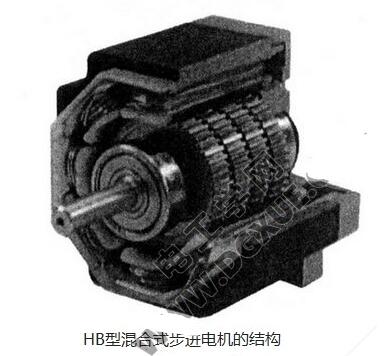
The following figure shows the structure of the HB type stepper motor:
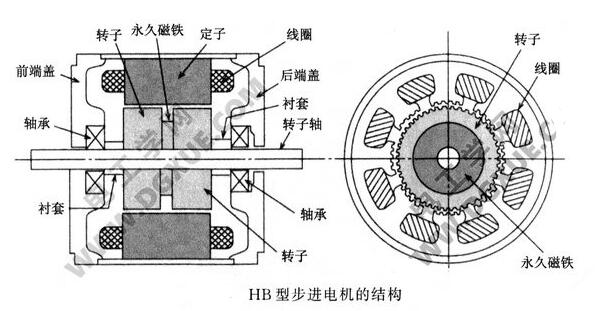
The stator has eight magnetic poles (main poles where the windings are placed) uniformly distributed. The inner circle of the eight magnetic poles has teeth with the same pitch as the rotor, and the rotor teeth are distributed on both sides of the air gap. Rotor teeth are more than stator teeth.
The coil is wound directly on the resin-insulated slot insulation frame by a winding machine, and the coil is wound and mounted on the magnetic pole. The front and rear end caps are made of cast aluminum, and the mechanical processing method is used to ensure the concentricity of the bearing seat and the mounting mouth. Usually, the air gap of the HB type hybrid stepping motor is 0.05~0.1mm. Because of the small air gap, it is very important to control the machining accuracy of each component.
The rotor is installed in the stator and the front and rear end caps to ensure uniform air gap, the magnetization direction of the permanent magnet is axial, and the N and S poles are magnetized at both ends. The direction of the generated magnetic force lines is shown by arrows, which is easy to understand and simplifies the actual magnetic circuit. The stator has 4 main poles and 5 rotor teeth (as shown in the figure below). The stator windings are omitted here.
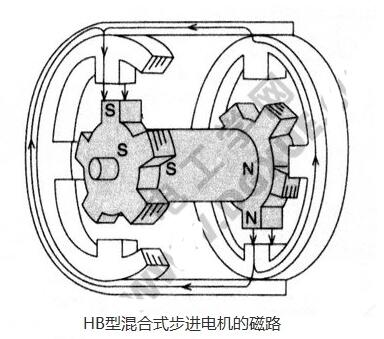
Since the magnetic flux of the permanent magnet of the rotor changes to the chain flux in the stator, when the stator coil flows current, according to Fleming's left-hand rule (I is the current, B is the magnetic flux density, and L is the coil axial effect. Length) Generates electromagnetic torque. Two permanent magnets sandwich a permanent magnet, and the tooth positions of the rotors differ from each other by 1/2 tooth pitch. The magnetic flux of the rotor starts from the N pole, passes through the smallest air gap (where the stator teeth oppose) to the stator magnetic circuit, and then returns to the S pole of the rotor. The magnetic circuit is shown by the arrow.
On the upper part of the rotor on the left side of the figure, the lower part of the right side of the rotor generates an attractive force, and torque is generated on both sides of the shaft (this force is an unbalanced electromagnetic force). Rotation of the rotor is caused by the stator excitation coil switching to generate a rotational force. Bearing clearance can easily generate vibrations. Actually, the main pole of the stator is 8 poles and the number of rotor teeth is even. The purpose is to eliminate this unbalanced electromagnetic force. Actually, the stator opposed to the teeth of the two rotors is not divided into two in the axial direction, but is formed by laminating silicon steel sheets.
HB type hybrid stepper motor working principleThe figure below describes the operating principle of a two-phase HB stepper motor. The permanent magnet causes the rotor to generate N and S poles. The attraction and repulsion forces generate the electromagnetic torque. The two-phase windings are assumed to be phase A, phase B, bar A, and bar B. For example, phase A and "bar A" are turned on and the opposite magnetic field is generated according to the right-handed helix. Similarly, phase B is the same as "bar B." In the figure, the solid arrows indicate the rotor flux, and the broken lines indicate the magnetic flux Фm. From the axial view of the rotor magnet, the rotor N pole enters the stator through the air gap, and passes through the air gap and returns to the rotor S pole after passing through the iron core to reach the upper stator pole. The figure below fully illustrates the structure and working principle of the HB hybrid stepping motor.
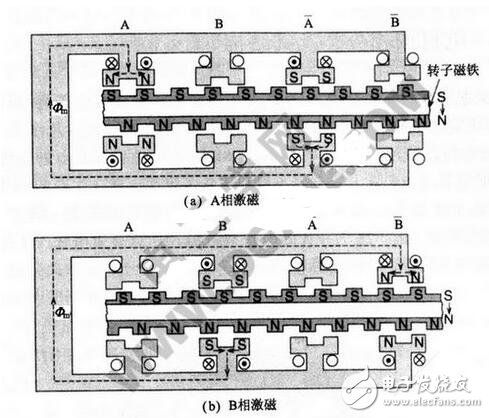
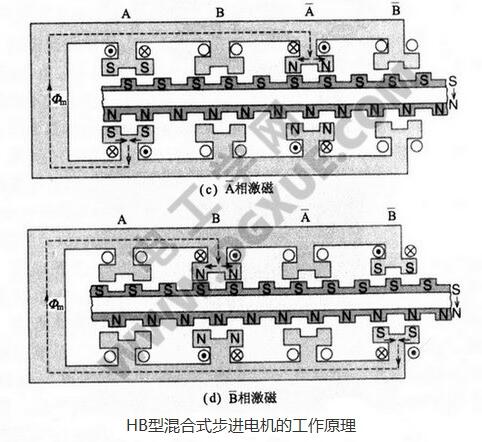
The middle of the rotor magnetic circuit is a permanent magnet, the lower side is N pole, and the upper side is S pole. The magnetic flux in the thickness direction of the magnet is from the top down. The starting state (a) is phase A excitation, then the “bar A†phase has the opposite polarity, so it stops at the position shown in the figure. The rotor corresponds to each half of phase A and “bar A†to form the interlinkage flux Фm. The dotted line in the figure shows.
Next, the excitation phase is switched to state (b), the A-phase excitation current is turned off, and the B-phase excitation current is turned on. Then, the rotor moves the 1/4-rotor pitch to the right and moves to the position shown in (b).
In a further step, the excitation phase transitions to state (c), the B phase excitation is turned off, and the “bar A†phase excitation is turned on, the rotor moves from the state (b) to the right by one step (1/4 pitch) to the state (c )s position. Similarly, when the excitation phase changes to state (d), the phase excitation of “bar A†is turned off, and the phase excitation of “bar B†is turned on, the rotor moves one step (1/4 pitch) to the right from state (c). (d) location. Another step, return to state (a), in order to continue cycling.
12mm LED Metal Push Button Switch
Yeswitch 12mm Metal Pushbutton switch is CUL & CE certified, it offering a rating of 2A/36VDC. Additional features include IP65 rating, with Momentary and Self-Locking operation function and a long operating life of up to 1,000,000 life cycles (Momentary) and 500,000 (Self-Locking)
The 12mm series LED Metal Switches require 12mm panel cut-out size. LED pattern options include Dot, E-ring and Power Logo and Many LED color options are available.
Specification:
|
RATING |
2A/36VDC |
|
SWITCH COMBINATION |
1NO |
|
OPERATION TYPE |
Momentary/Self-locking |
|
MECHANICAL LIFE |
Momentary 500,000 cycles Self-lock 500,000cycles |
|
ELECTRICAL LIFE |
50,000 make-and-break cycles at full load |
|
PANEL THICKNESS |
1-6mm |
|
INGRESS PROTECTION |
IP65, IK08/(Stainless) |
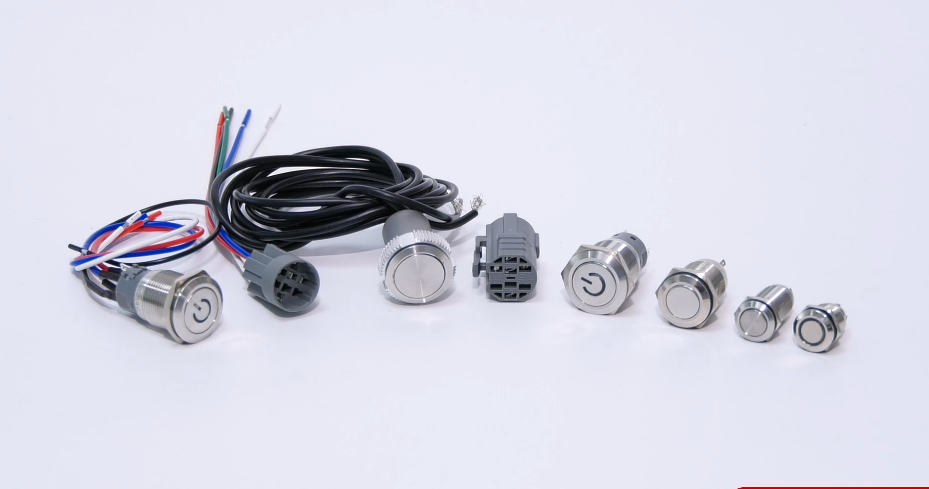
Our Advantages
From the purchase of raw materials to the finished product, all production process (product development/plating/mold and equipment processing/ metalpressing/ plasticinjection/semi-automatic and fully automated equipment assembly, etc.) are completed in the factory. Our metal pressing and plastic injection own the advantages of 100% self-made mold, from a single form to the various forms of application. And we continuously keep innovation and enhance the technology in order to collaborate with our customers to design the most sophisticated products. Yeswitch Electronics Co., Ltd., whether in production base or in quality assurance department in the head office, have professional equipment and technical personnel. In addition to the annual new product development, product improvement and testing are performed as annual plan to ensure that listed products maintain in best quality. Therefore, our long-term customers/partners, get the best quality of the switches.
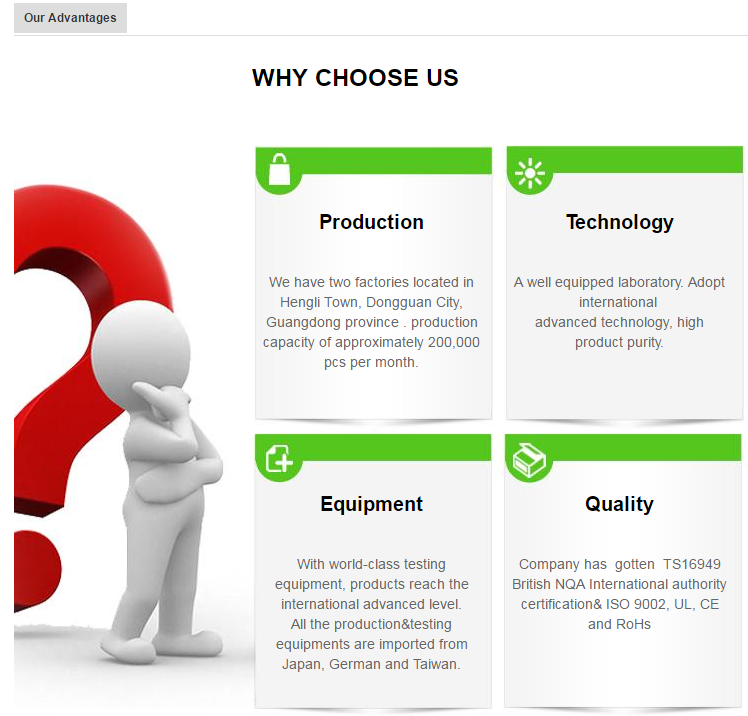
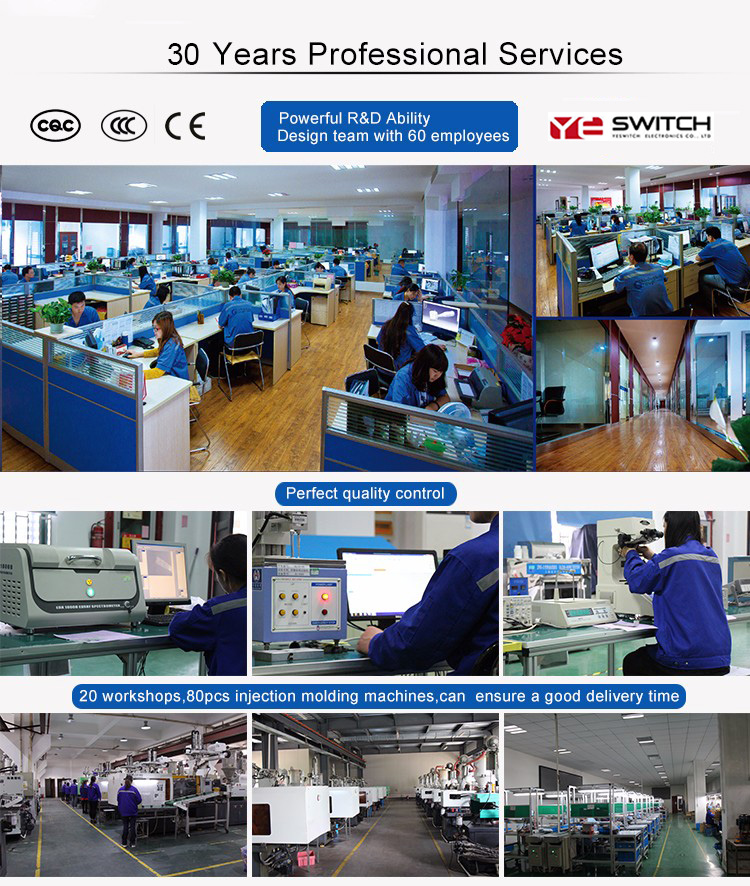
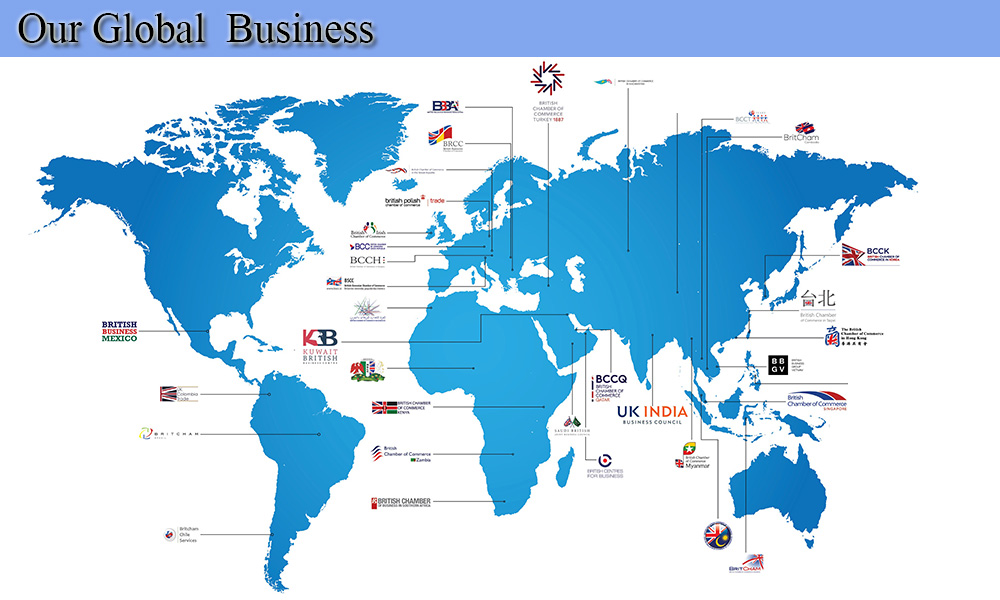
LED metal pushbutton, Waterproof Metal Switch, UL metal switch
YESWITCH ELECTRONICS CO., LTD. , https://www.yeswitches.com